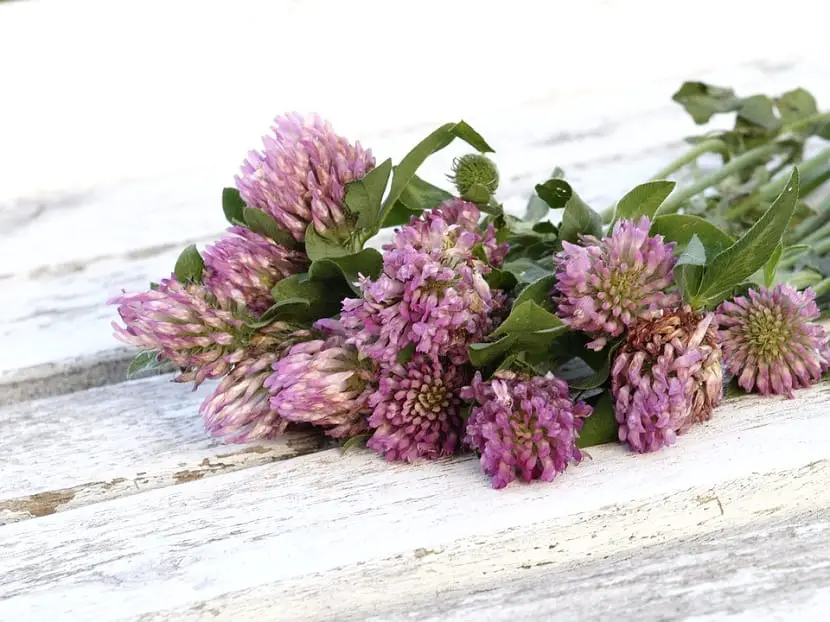
Did you know that some plants can be very dangerous for your pets? Plants and flowers and our passion have led us to recognize the different species. So if you need in an emergency, have a little help to recognize some plants if you suspect that your animal may have been intoxicatedgo to the vet as soon as possible.
These are the plants that can be toxic to your dog

The poinsettia (the most beautiful euphorbia), contains an irritating milk for man and poisonous to animals And if we meet at Christmas, you should know that the mistletoe it is also poisonous and this also applies to humans.
Our Laurocerase leaves (prunus laurocerasus) contain cyanideso be careful, as your dog can chew them.

Small hydrangea buds (Hydrangea Macrophylla) are toxic and can cause vomiting, lethargy, cyanosis, seizures, coma, even whole plant it is also poisonous to animals.
Many flower bulbs can be irritating, toxic, or poisonous
Other very old plants are known to be healing for humans
to the point that they are still used today as an active ingredient in various drugs, but even if they are good for us, they are toxic to animals and in particular for dogs.You should also pay attention to plants with spines or pointed leaves like Yuca, for example, since its leaves can seriously damage the eyes of dogs just by smelling the plant, so pay general attention to the succulent plants or “fat plants”as they are generally called.

The Lily of the valley (majalisvallaria majalis) as well it is a very dangerous plantas it is cardiotoxic to animals and humans, so if this is a plant that you like, you should leave it away from your petsbecause the plant is entirely poisonous.
Let us remember that the fertilizers (we are not talking about pesticides and herbicides, obviously toxic) they can be dangerous due to the substance concentration contained in them and is that these substances in small amounts are naturally present both in the human body and in animals (iron, potassium, zinc, etc.), but in concentration it is evident that they should be avoided.
Keep the compost bottles away from your animals and children. Also the reproductive hormones for plants They are toxic even to humans and must be handled with care, so wear gloves.
Marijuana causes symptoms like diarrhea, vomiting, poor coordination and increased heart rate. The cannabis ingestion it can even cause seizures in severe cases, leading the animal to death.
Our seeds and nutsin particular, they contain large amounts of toxins. One or two seeds are enough to provoke vomiting, diarrhea, epilepsy, and liver failure in our pets.

Bulbs Tulips and Daffodils contain toxins that cause gastrointestinal irritationshypersalivation (difficulty swallowing), loss of appetite, seizures, and heart abnormalities.
The Azalea and Rhododendronplants of the genus Rhododendron, contain granaiotoxinssubstances that cause diarrhea, vomiting, hypersalivation, loss of appetite, seizures and can lead the animal to death by cardiocirculatory arrest.
The castor beancontains ricin, a extremely toxic protein for animals and causing abdominal pain, diarrhea, thirst, weakness and loss of appetite. Poisoning can lead to pet dehydrationgenerate muscle spasms, seizures, tremors and in severe cases even coma and death.

Our cyclamen rootsplant of the Primulaceae family are particularly toxic. If the animal ingests these roots, you may have vomiting and symptoms gastrointestinal irritation.
The Chrysanthemum (Chrysanthemum), contains pyrethrins, natural compounds that can cause gastrointestinal disordersexcessive salivation, coordination difficulties, vomiting and diarrhea.

The Common ivy (Hedera Helix), contains triterpenic saponins, substances that can cause vomiting, abdominal pain, hypersalivation, and diarrhea.
